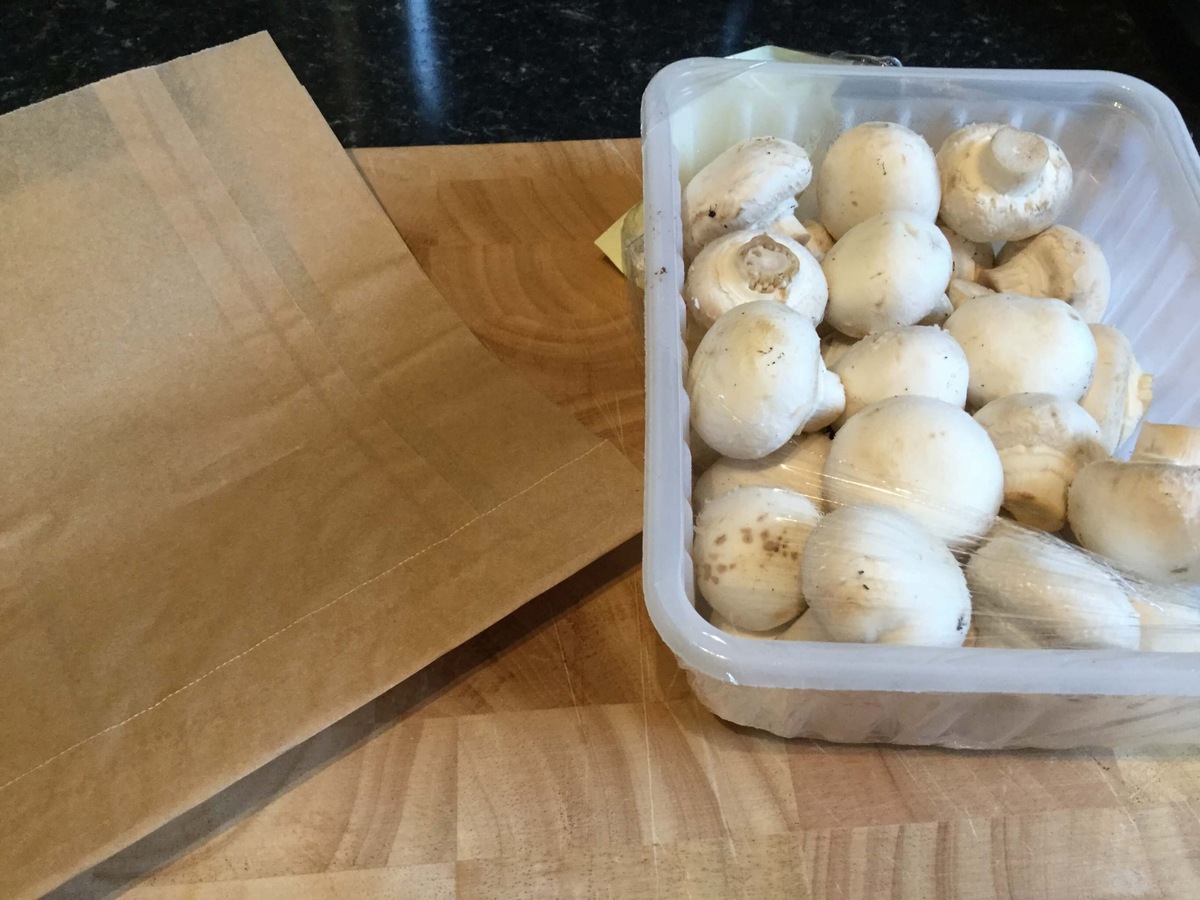

Articles
How To Store Mushrooms Without Paper Bag
Modified: April 22, 2024
Learn how to store mushrooms without a paper bag in this informative article. Discover alternative ways to keep your mushrooms fresh for longer.
(Many of the links in this article redirect to a specific reviewed product. Your purchase of these products through affiliate links helps to generate commission for Storables.com, at no extra cost. Learn more)
Introduction
Mushrooms are delicate and perishable fungi with a unique texture and flavor that make them a popular ingredient in various dishes. Whether you’ve foraged them yourself or purchased them from a store, it’s crucial to store mushrooms properly to ensure their freshness and extend their shelf life.
Many people believe that storing mushrooms in a paper bag is the best method to maintain their quality. However, recent studies have shown that using paper bags can actually accelerate the decomposition process, leading to mushy and spoiled mushrooms.
In this article, we will discuss why it’s important to avoid using paper bags for mushroom storage and explore alternative options that are more effective in keeping mushrooms fresh for longer periods. We will also provide tips and techniques to ensure the optimal storage conditions for your mushrooms.
Key Takeaways:
- Say goodbye to paper bags! Opt for breathable containers or cloth to store mushrooms. Proper airflow and moisture regulation are key to keeping mushrooms fresh and delicious.
- Handle mushrooms with care and choose the right storage method. Whether it’s a glass jar or a ziplock bag with holes, maintaining optimal freshness is easy with the right approach.
Read more: How To Store Paper Bags
Why Avoid Using Paper Bags
Although paper bags are commonly used for storing fruits and vegetables, they are not an ideal choice for storing mushrooms. Here are a few reasons why you should avoid using paper bags when it comes to mushroom storage:
- Moisture Retention: Paper bags tend to absorb moisture, which can lead to the mushrooms becoming damp and slimy. Mushrooms require a dry and well-ventilated environment to stay fresh, and paper bags can trap moisture and promote the growth of bacteria and mold.
- Lack of airflow: Paper bags have limited airflow, which is essential for preventing the buildup of condensation and maintaining the mushrooms’ texture. Without proper airflow, mushrooms can become soggy and lose their firmness and flavor.
- Accelerated decomposition: Paper bags can accelerate the decomposition process of mushrooms due to the trapped moisture and lack of airflow. This can lead to a faster breakdown of the mushrooms’ cell structure, resulting in a mushy and unappetizing texture.
- Gas buildup: Mushrooms release ethylene gas as they age. When stored in a paper bag, this gas can accumulate and speed up the deterioration process, causing the mushrooms to spoil more quickly.
- Potential contamination: Paper bags are more prone to contamination from bacteria or other pathogens, especially if they have been used previously for storing other produce. This can further compromise the quality and safety of the mushrooms.
It is important to note that while avoiding paper bags is recommended, it’s equally essential to ensure proper storage conditions regardless of the container or method used. Let’s explore some alternative storage options that are better suited for keeping mushrooms fresh and delicious.
Alternative Storage Options
There are several alternative storage options that provide better conditions for preserving the freshness and quality of mushrooms. Let’s explore some of these alternatives:
1. Storing Mushrooms in a Container
Using a container with ventilation is a simple and effective method for storing mushrooms. Place the mushrooms in a container lined with a clean kitchen towel or paper towel to absorb any excess moisture. Ensure that the lid or cover has small holes or is slightly ajar to allow for proper airflow.
2. Storing Mushrooms in a Breathable Bag or Cloth
A breathable bag or cloth, such as a mesh produce bag or a cotton bag, is another excellent option. These breathable materials allow for proper airflow and prevent moisture buildup. Place the mushrooms in the bag or wrap them loosely in the cloth, ensuring they are not tightly packed.
Read more: How To Store Paper Grocery Bags
3. Storing Mushrooms in a Glass Jar with a Lid
If you prefer a more airtight option, consider using a glass jar with a lid. Make sure the mushrooms are not crowded inside the jar and keep the lid slightly loose to maintain a slight exchange of air. This method helps protect the mushrooms from excessive moisture while maintaining freshness.
4. Storing Mushrooms in a Ziplock Bag with Holes
If you have ziplock bags on hand, you can still use them for mushroom storage. However, it is important to create small holes in the bag to allow for proper ventilation. This method helps maintain a balance between moisture retention and airflow, ensuring the mushrooms remain fresh for a longer period.
Regardless of the storage method you choose, there are a few essential tips to keep in mind to ensure optimal mushroom storage:
- Handle mushrooms carefully to avoid bruising or damaging them. Use a soft brush or a slightly damp paper towel to gently clean them if needed.
- Store mushrooms in the refrigerator as soon as possible after purchasing or harvesting to maintain their freshness. The ideal temperature range for mushroom storage is between 32°F (0°C) and 39°F (4°C).
- Avoid washing mushrooms before storing them, as excess moisture can lead to spoilage. It is best to clean them just before using.
- Check the mushrooms regularly and remove any that show signs of spoilage or rot to prevent it from spreading to the rest.
By following these guidelines and utilizing alternative storage options, you can ensure that your mushrooms stay fresh and delicious for as long as possible.
Storing Mushrooms in a Container
Storing mushrooms in a container is a simple and effective method to maintain their freshness while providing adequate ventilation. Follow these steps to store mushrooms in a container:
- Choose a container with ventilation: Select a container with small holes or slots, or one that has a lid with small holes. This will allow for proper airflow and prevent condensation buildup.
- Line the container: Place a clean kitchen towel or a paper towel at the bottom of the container. This will help absorb excess moisture and keep the mushrooms dry.
- Organize the mushrooms: Arrange the mushrooms in a single layer inside the container. Avoid overcrowding them as this can lead to squishing and deterioration.
- Leave the lid slightly ajar: To ensure proper airflow, keep the lid slightly open or use a container with a partially open lid. This will help maintain the freshness and texture of the mushrooms.
- Store in the refrigerator: Place the container in the refrigerator, preferably in the crisper drawer or in a spot where the temperature is consistently cool. The ideal temperature range for mushroom storage is between 32°F (0°C) and 39°F (4°C).
By storing mushrooms in a container, you provide them with a controlled environment that minimizes moisture retention and promotes proper ventilation. This method helps prevent condensation and the growth of bacteria or mold, which can rapidly deteriorate the quality of the mushrooms.
It is important to regularly check the mushrooms for any signs of spoilage or rot. Remove any mushrooms that have started to decay to prevent them from affecting the quality of the others. Properly stored in a container, mushrooms can stay fresh for up to a week.
Remember, when handling mushrooms, it’s crucial to be gentle to avoid bruising or damaging them. If needed, lightly clean the mushrooms with a soft brush or a slightly damp paper towel just before using them.
Storing mushrooms in a container is a convenient and effective method that helps maximize their shelf life and preserve their delicate flavor and texture. Give it a try and enjoy fresh mushrooms for longer!
Storing Mushrooms in a Brown Paper Bag
While it is generally advised to avoid using paper bags for mushroom storage, using a brown paper bag can be a viable option if done correctly. Here are the steps to store mushrooms in a brown paper bag:
- Choose a clean brown paper bag: Ensure that the paper bag is clean, dry, and free from any tears or holes. Avoid using bags that have been previously used for storing other produce to prevent cross-contamination.
- Prepare the mushrooms: Handle the mushrooms gently to prevent bruising or damage. If necessary, lightly brush off any dirt or debris using a soft brush. Avoid washing the mushrooms before storing them to prevent excess moisture retention.
- Place the mushrooms in the bag: Arrange the mushrooms in a single layer inside the brown paper bag. It is important to avoid overcrowding to allow for proper airflow. If you have a large quantity of mushrooms, consider using multiple bags.
- Leave the bag open: Fold the top of the bag loosely to keep it open. This will allow for better airflow and prevent moisture buildup. Avoid sealing the bag tightly as it can trap moisture and lead to the mushrooms’ deterioration.
- Store in the refrigerator: Place the brown paper bag with the mushrooms in the refrigerator, preferably in the crisper drawer. The cool and slightly moist environment of the fridge will help maintain the mushrooms’ freshness.
Storing mushrooms in a brown paper bag can provide a breathable and slightly insulated environment that helps control moisture levels. The bag absorbs excess moisture and allows for a moderate exchange of air, which helps to maintain the mushrooms’ texture and prevent spoilage.
However, it’s crucial to monitor the mushrooms regularly and discard any that show signs of spoilage. Removing spoiled mushrooms promptly can prevent them from contaminating the rest of the batch.
It’s important to note that storing mushrooms in a brown paper bag is not as ideal as some other storage methods. The bag may not provide as much ventilation as other alternatives, and the mushrooms may dehydrate faster. Therefore, it is recommended to use this method for short-term storage rather than long-term preservation.
Overall, if you choose to store mushrooms in a brown paper bag, make sure to follow the steps mentioned above and consume them within a few days for the best quality and flavor.
Read more: How To Store Gift Bags And Tissue Paper
Storing Mushrooms in a Breathable Bag or Cloth
Using a breathable bag or cloth is an excellent alternative to traditional paper bags for storing mushrooms. This method allows for proper airflow and moisture regulation, helping to keep the mushrooms fresh for a longer period. Here’s how to store mushrooms in a breathable bag or cloth:
- Choose a breathable material: Select a mesh produce bag or a cotton bag that allows for air circulation. Make sure the material is clean, dry, and free from any odors or residues.
- Prepare the mushrooms: Handle the mushrooms delicately to avoid bruising or damage. If necessary, gently brush off any dirt or debris using a soft brush. Avoid washing the mushrooms before storing, as excess moisture can promote spoilage.
- Place the mushrooms in the bag or cloth: Arrange the mushrooms in a single layer inside the bag or wrap them loosely in the cloth. Avoid overcrowding the container to allow for proper ventilation.
- Secure the bag or cloth: If using a bag, tie it loosely at the top or use a twist tie to secure it. If using a cloth, gently tie or fold the edges to enclose the mushrooms without applying too much pressure.
- Store in the refrigerator: Place the breathable bag or cloth containing the mushrooms in the refrigerator, ideally in the crisper drawer. The cool temperature of the fridge combined with the breathable material will help maintain the mushrooms’ freshness.
Storing mushrooms in a breathable bag or cloth provides the necessary airflow to prevent moisture buildup and maintain the mushrooms’ texture and flavor. The breathable material absorbs excess moisture, reducing the risk of sliminess or spoilage.
Regularly check the mushrooms for any signs of deterioration and remove any that have become soft, slimy, or discolored. This will prevent the spread of spoilage and ensure the remaining mushrooms stay fresh.
It is important to note that mushrooms stored in a breathable bag or cloth may dehydrate faster compared to other storage methods. Therefore, it is recommended to use this method for short-term storage rather than extended preservation.
By storing mushrooms in a breathable bag or cloth, you can prolong their freshness and ensure you have quality mushrooms ready to be used in your favorite recipes.
Storing Mushrooms in a Glass Jar with a Lid
If you prefer a more airtight storage option for mushrooms, using a glass jar with a lid can be a suitable choice. Storing mushrooms in a glass jar helps maintain their freshness while providing some protection against moisture and external odors. Here’s a step-by-step guide on how to store mushrooms in a glass jar with a lid:
- Select a clean glass jar: Choose a glass jar with a secure lid that can create a relatively airtight seal. Make sure the jar is thoroughly cleaned and dried before use.
- Prepare the mushrooms: Handle the mushrooms gently to avoid bruising or damaging them. If necessary, lightly brush off any dirt or debris using a soft brush. Avoid washing the mushrooms before storage to prevent excess moisture.
- Arrange the mushrooms: Place the mushrooms in the glass jar, ensuring they are not tightly packed together. Leave some space between them to allow for airflow and minimize moisture buildup.
- Close the lid: Seal the glass jar with its lid, making sure it is securely closed. However, avoid overtightening the lid to allow for a slight exchange of air.
- Store in the refrigerator: Place the glass jar with the mushrooms in the refrigerator, preferably in the crisper drawer or a spot with a consistently cool temperature. The cool environment will help maintain the mushrooms’ freshness and extend their shelf life.
Storing mushrooms in a glass jar with a lid provides a more airtight environment compared to other storage methods. This helps preserve the mushrooms’ texture and flavor while minimizing the risk of moisture absorption and exposure to external odors.
As with any storage method, it is essential to check the mushrooms regularly for any signs of spoilage, such as mold or a slimy texture. If you notice any spoiled mushrooms, remove them promptly to prevent the spread of decay to the rest of the batch.
Please note that while storing mushrooms in a glass jar with a lid can help extend their shelf life, it’s still recommended to use them within a week for optimal freshness.
By storing mushrooms in a glass jar with a lid, you can keep them fresh and protected, ensuring they are ready to enhance your dishes with their unique flavor and texture.
Store mushrooms in a paper bag or a breathable container in the refrigerator to prevent moisture buildup and extend their shelf life. Avoid storing them in airtight plastic bags, as this can cause them to become slimy.
Storing Mushrooms in a Ziplock Bag with Holes
If you have ziplock bags on hand, you can use them for mushroom storage by creating small holes to allow for proper airflow. This method provides convenience and helps maintain the mushrooms’ freshness. Here’s how to store mushrooms in a ziplock bag with holes:
- Select a clean ziplock bag: Choose a ziplock bag that is clean and free from any residues or odors. Opt for the appropriate size to accommodate the amount of mushrooms you have.
- Prepare the mushrooms: Gently handle the mushrooms to avoid bruising or damaging them. If necessary, use a soft brush to lightly remove any dirt or debris. Avoid washing the mushrooms before storage to prevent excessive moisture.
- Create small holes in the bag: Using a sharp object such as a needle or skewer, make small holes in the ziplock bag to allow for adequate airflow. These holes will help regulate moisture and prevent the mushrooms from becoming overly damp.
- Place the mushrooms in the bag: Arrange the mushrooms in a single layer inside the ziplock bag. Avoid overcrowding to ensure proper ventilation. If you have a large quantity of mushrooms, use multiple bags.
- Seal the bag: Close the ziplock bag, ensuring it is securely sealed. The small holes you created will provide the necessary ventilation while still maintaining the overall freshness of the mushrooms.
- Store in the refrigerator: Place the ziplock bag with the mushrooms in the refrigerator, preferably in the crisper drawer. The cool temperature will help preserve the mushrooms’ quality and extend their shelf life.
Storing mushrooms in a ziplock bag with holes allows for a balanced combination of moisture retention and airflow. The holes prevent excess moisture buildup, while the sealed bag helps maintain the mushrooms’ texture and protects them from external contaminants.
It’s important to check the mushrooms regularly for any signs of spoilage and remove any that have started to decay. Promptly removing spoiled mushrooms will prevent them from compromising the quality of the others.
While this method is suitable for short-term mushroom storage, it’s recommended to consume the mushrooms within a few days to ensure they retain their optimal freshness and flavor.
By storing mushrooms in a ziplock bag with holes, you can conveniently maintain their quality and enjoy their earthy goodness in your dishes.
Tips for Proper Mushroom Storage
To ensure optimal mushroom storage and maintain their freshness for as long as possible, consider the following tips:
- Handle mushrooms with care: Mushrooms are delicate, so handle them gently to avoid bruising or damaging them. Use a soft brush or a slightly damp paper towel to lightly clean them if needed.
- Store mushrooms as soon as possible: Store mushrooms in the refrigerator as soon as you can after purchasing or harvesting to prevent them from spoiling. The ideal temperature range for mushroom storage is between 32°F (0°C) and 39°F (4°C).
- Avoid washing mushrooms before storage: Excess moisture is detrimental to mushrooms’ freshness. Only clean them just before using them; otherwise, avoid washing them to prevent moisture retention.
- Choose the right storage container: Select a container that allows for airflow, such as a breathable bag or a container with ventilation holes. This helps prevent moisture buildup and maintains the mushrooms’ texture.
- Prevent overcrowding: Avoid placing too many mushrooms in one container or bag, as overcrowding can lead to the mushrooms becoming squished and deteriorating more quickly. Give them enough space to breathe.
- Regularly check for spoilage: Check the mushrooms regularly for any signs of spoilage, such as mold, sliminess, or an off odor. Remove any spoiled mushrooms promptly to prevent them from affecting the others.
- Use good quality produce: Start with fresh and high-quality mushrooms for the best storage results. Mushrooms that are already starting to decay or have visible blemishes may not last as long even with proper storage.
- Consider the duration of storage: Different storage methods are suitable for different durations. If you plan to use the mushrooms within a few days, options like breathable bags or containers with ventilation are ideal. For longer-term storage, consider freezing or drying them.
- Label and date: If you have multiple batches of mushrooms in storage, it’s helpful to label the containers or bags with the date of storage. This ensures you can easily keep track of freshness and prioritize usage.
By following these tips, you can maximize the shelf life and maintain the quality of your mushrooms. Remember to always use your judgment and discard any mushrooms that appear spoiled, even if they have been stored properly.
Proper storage not only helps preserve the mushrooms’ freshness but also allows you to enjoy their unique flavors and textures in a variety of recipes. Experiment with different storage methods to find the one that works best for your needs and maximize the lifespan of your mushrooms.
Read more: How To Store Wrapping Paper And Gift Bags
Conclusion
Proper mushroom storage is crucial in maintaining their freshness and extending their shelf life. While paper bags were once believed to be a suitable storage option, it is now recommended to avoid using them due to their ability to trap moisture and accelerate decomposition. Instead, opt for alternative storage options that provide proper airflow and moisture regulation.
Storing mushrooms in a container with ventilation, such as a breathable bag, cloth, or a glass jar with a slightly loose lid, helps maintain their texture and flavor. These options allow for the necessary airflow while protecting the mushrooms from excess moisture and external contaminants. Additionally, using a ziplock bag with small holes is a convenient choice that strikes a balance between moisture retention and ventilation.
Remember to handle mushrooms delicately, store them in the refrigerator as soon as possible after purchase or harvest, and avoid washing them before storage to prevent moisture absorption. Regularly check the mushrooms for spoilage and remove any that show signs of deterioration to prevent further contamination.
By following the tips provided in this article, you can ensure that your mushrooms stay fresh and delicious for as long as possible. Whether you’re using them in soups, stir-fries, or as a topping for pizzas, properly stored mushrooms will enhance your dishes with their unique flavors and textures.
So, the next time you bring home a batch of mushrooms, remember to choose the appropriate storage method that suits your needs and enjoy the benefits of longer-lasting, high-quality mushrooms that will elevate your culinary adventures.
Frequently Asked Questions about How To Store Mushrooms Without Paper Bag
Was this page helpful?
At Storables.com, we guarantee accurate and reliable information. Our content, validated by Expert Board Contributors, is crafted following stringent Editorial Policies. We're committed to providing you with well-researched, expert-backed insights for all your informational needs.
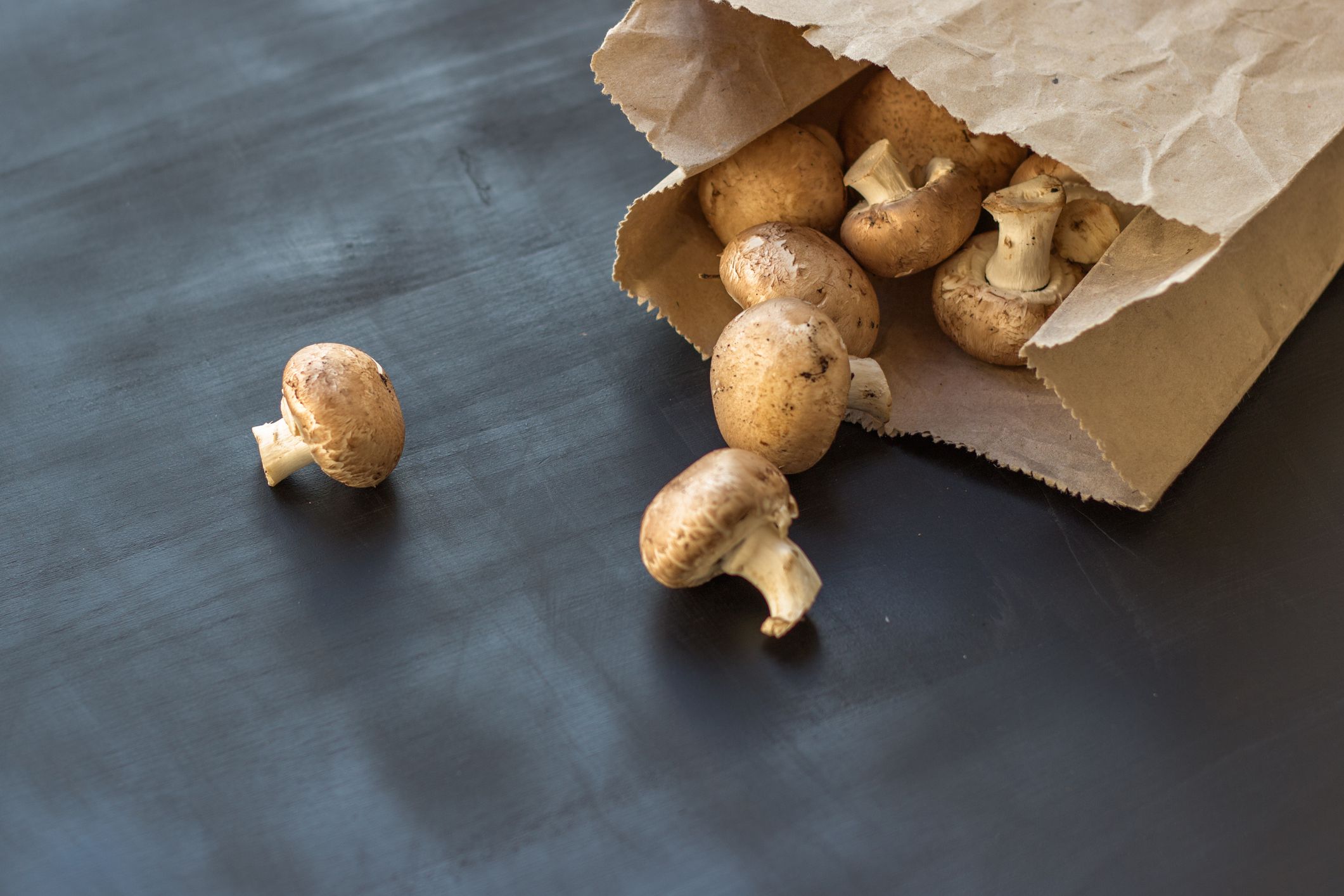
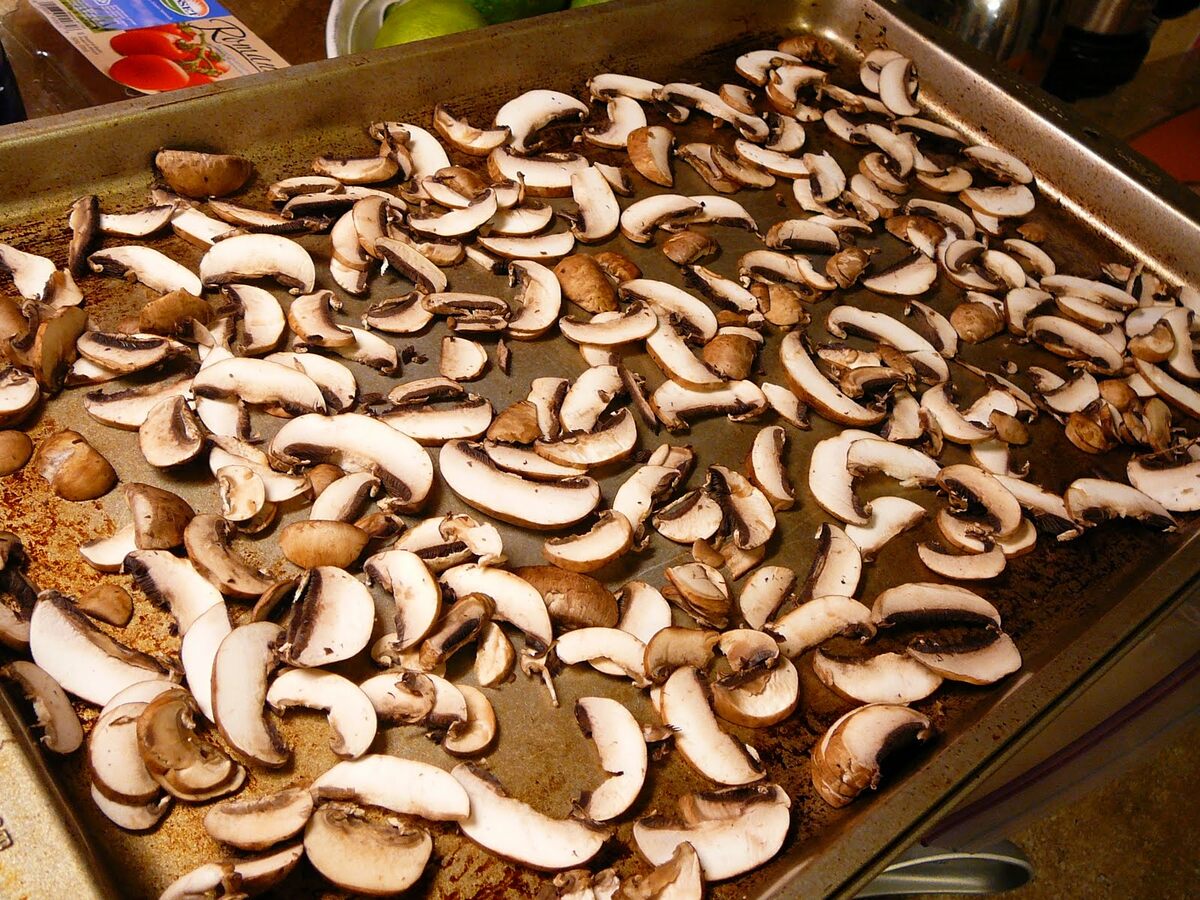
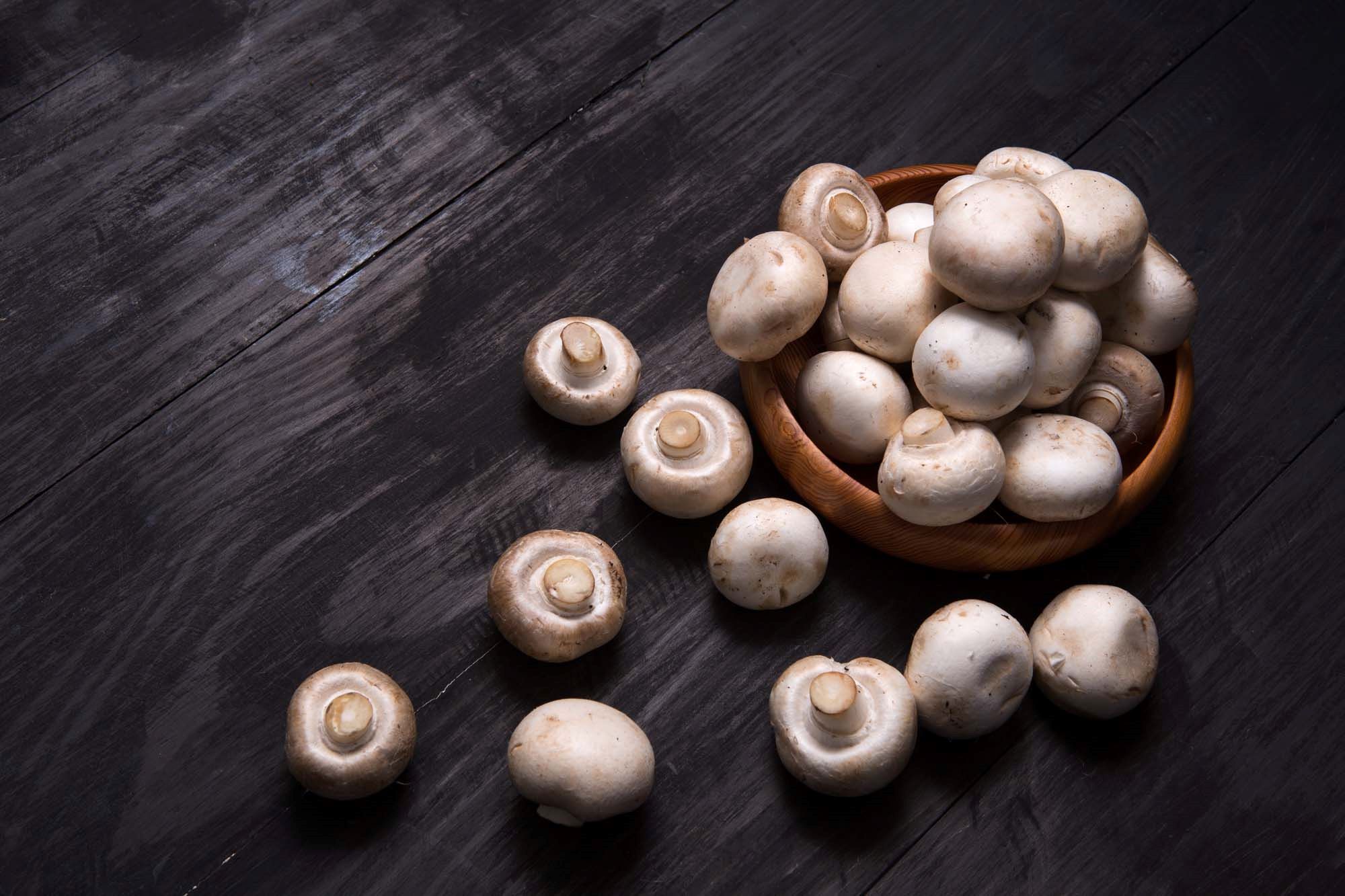
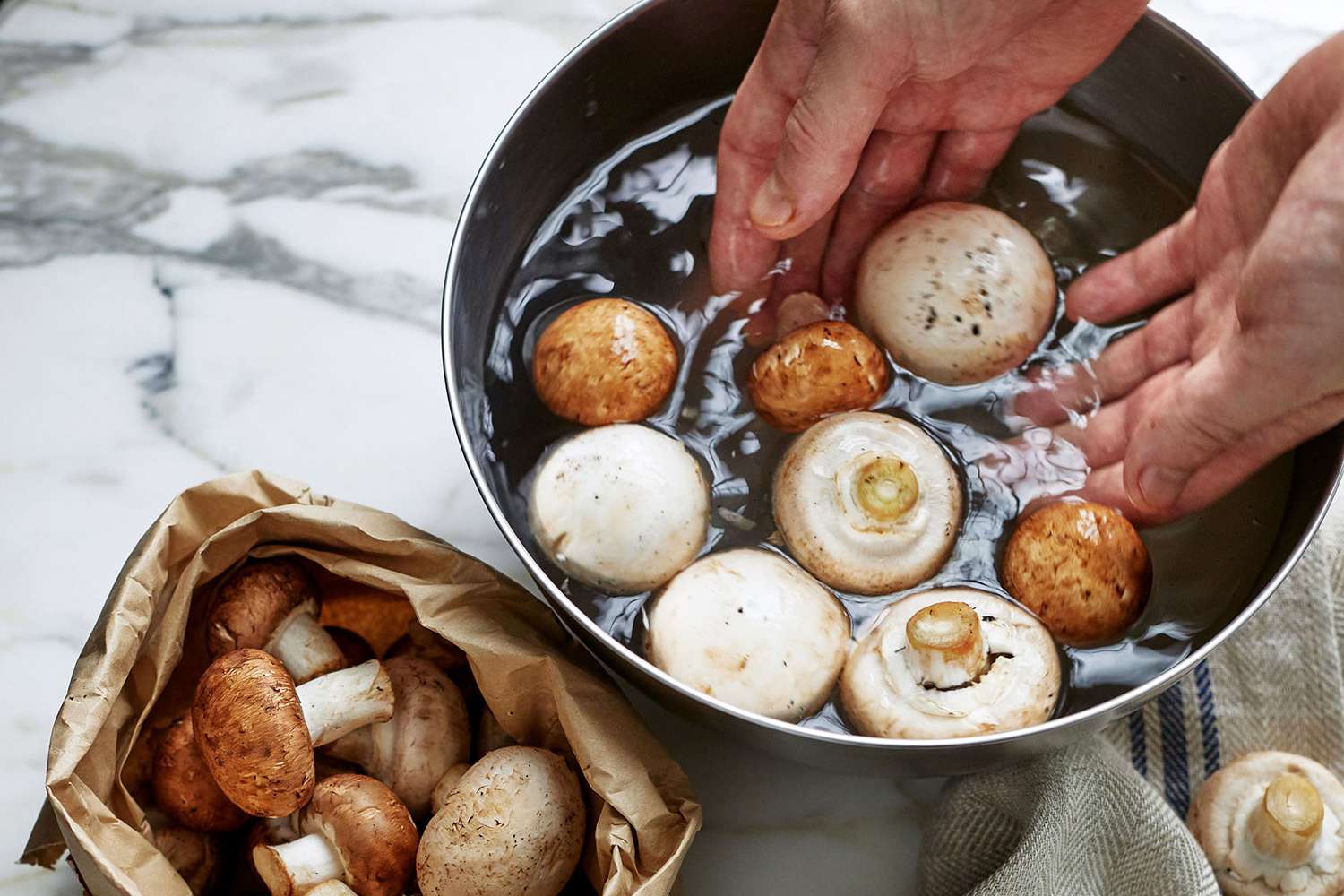
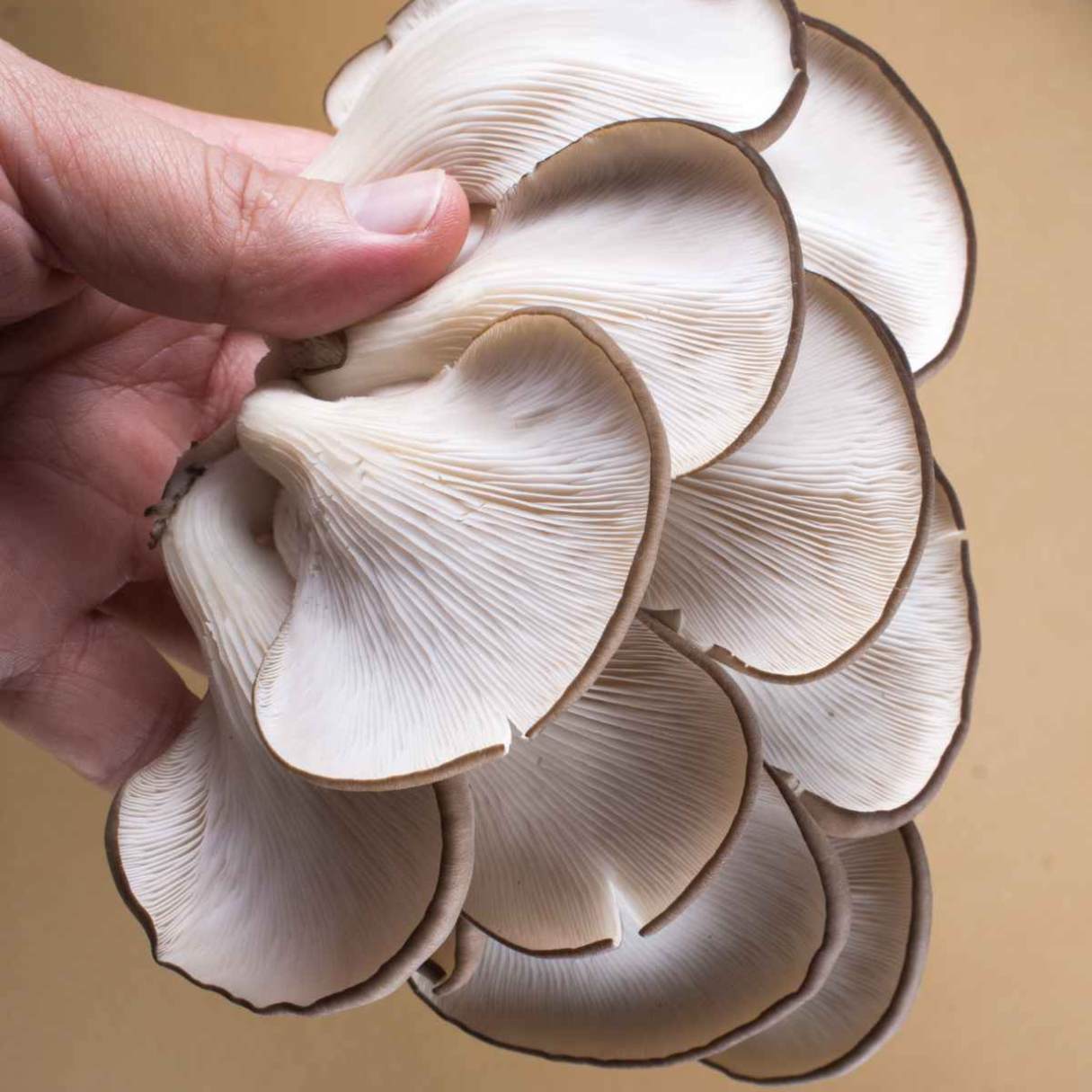
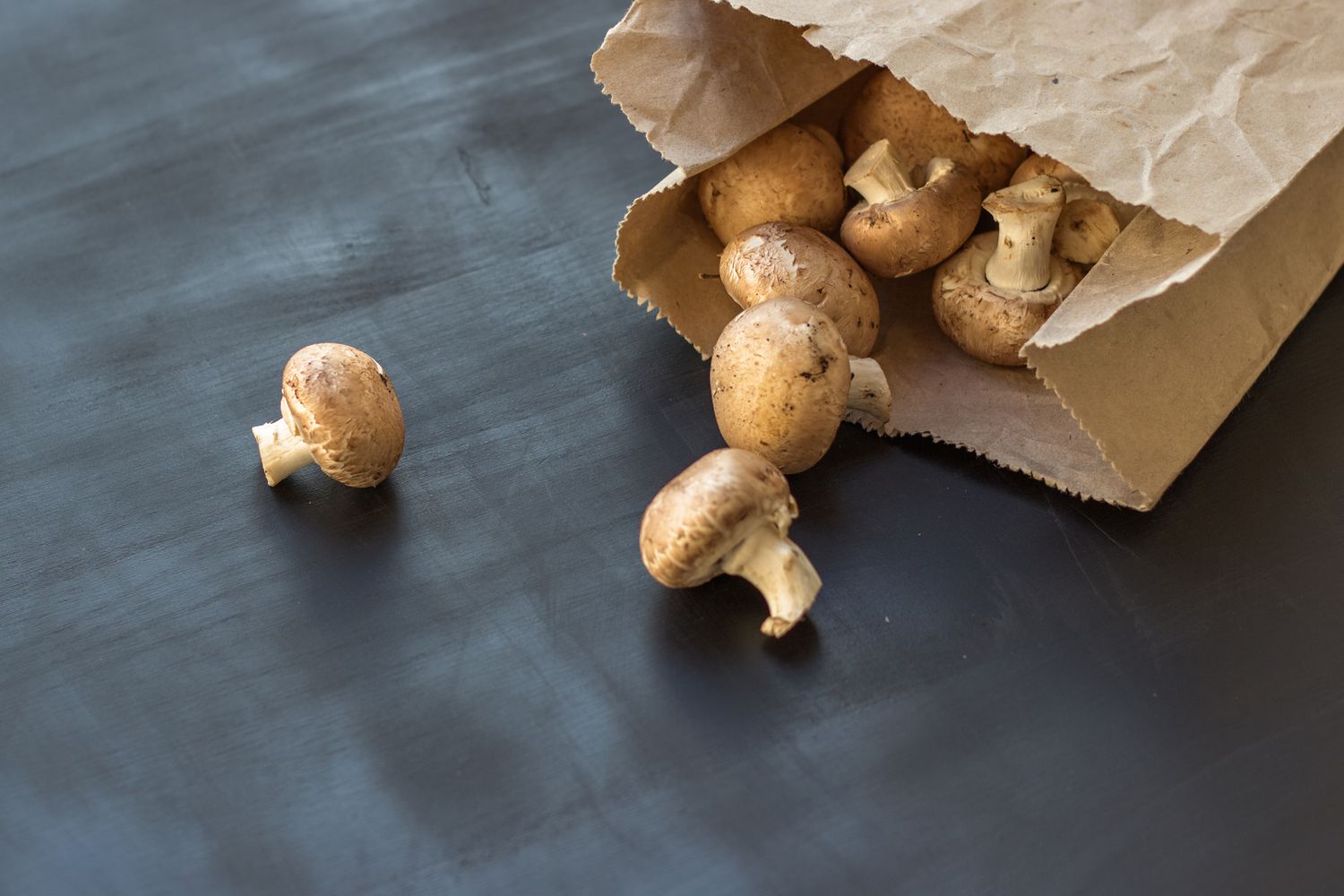
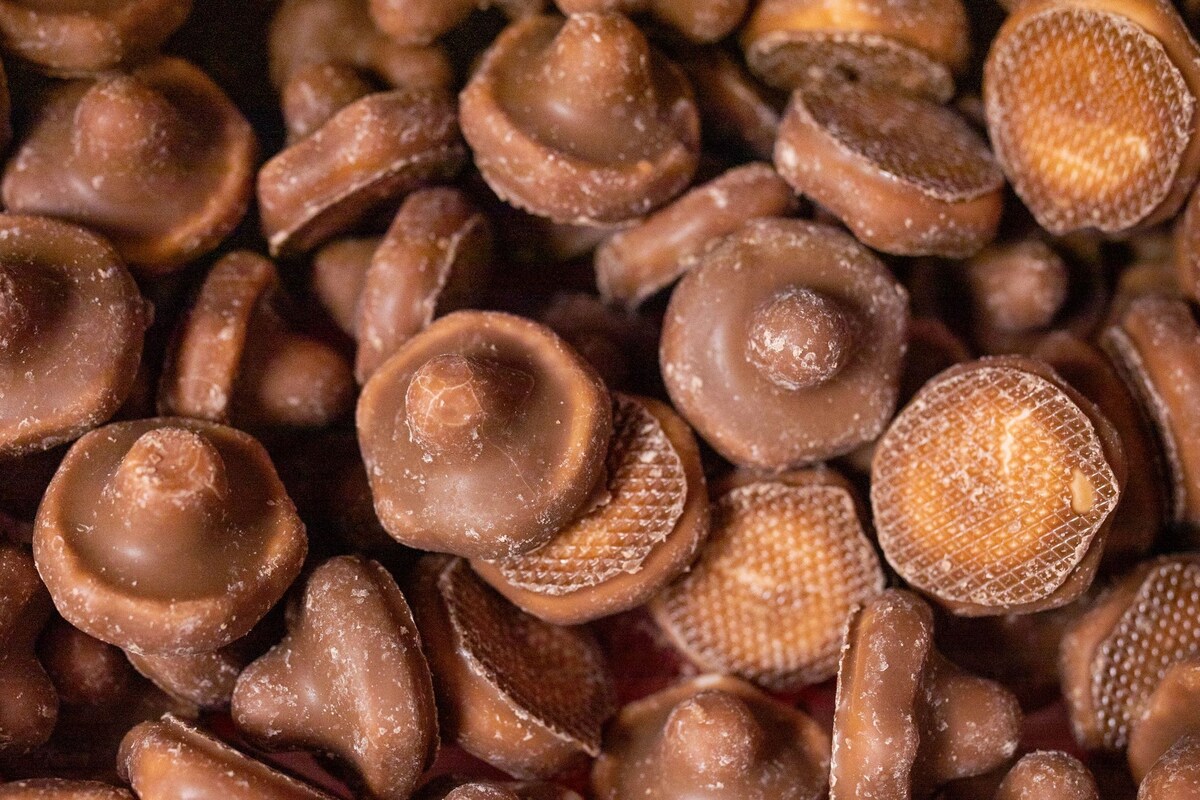
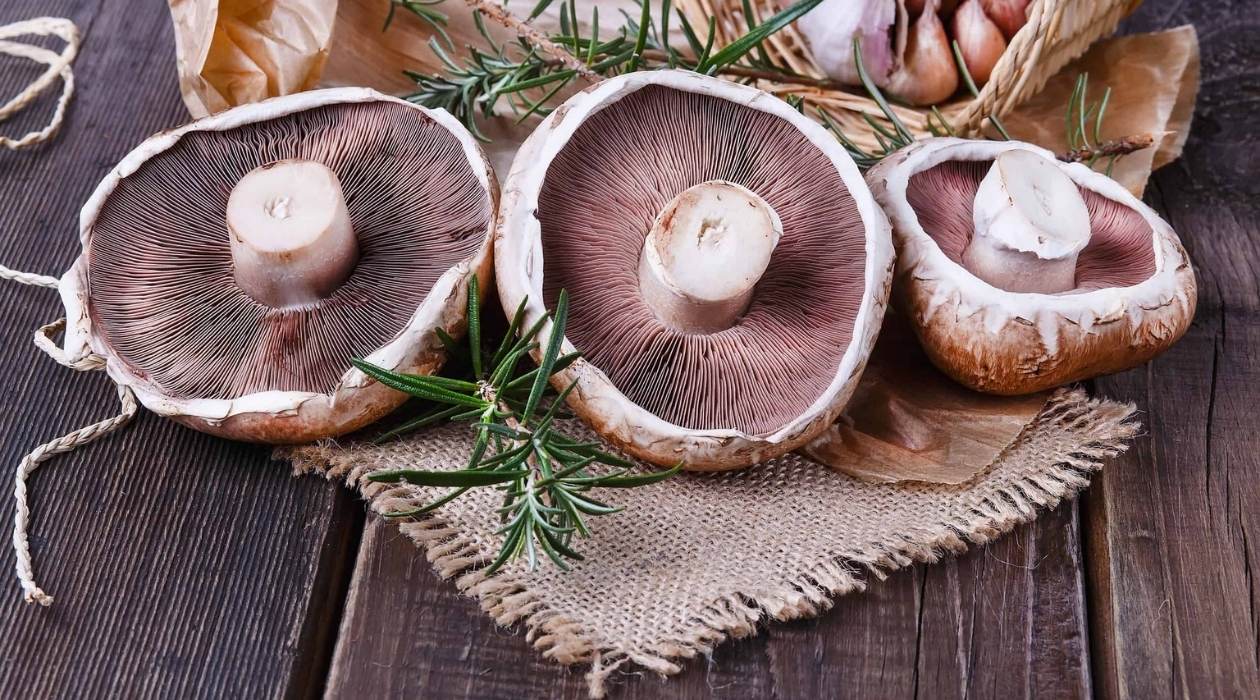
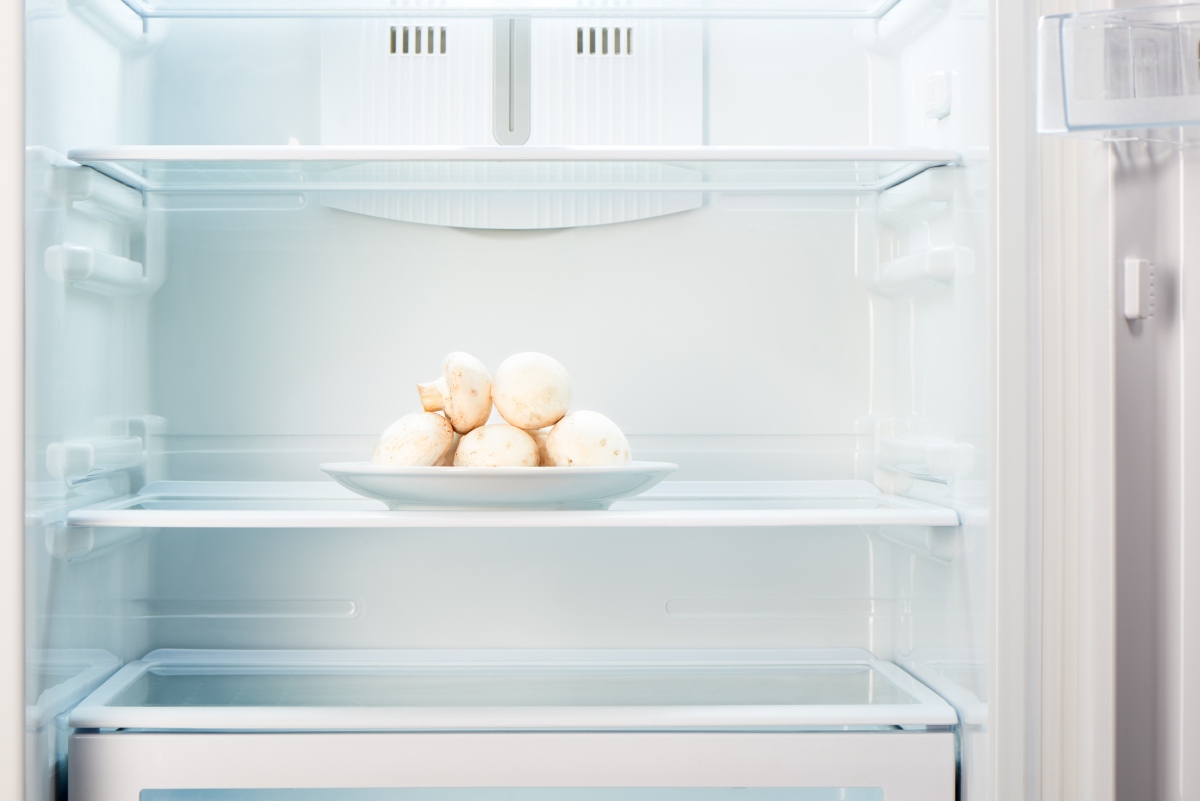
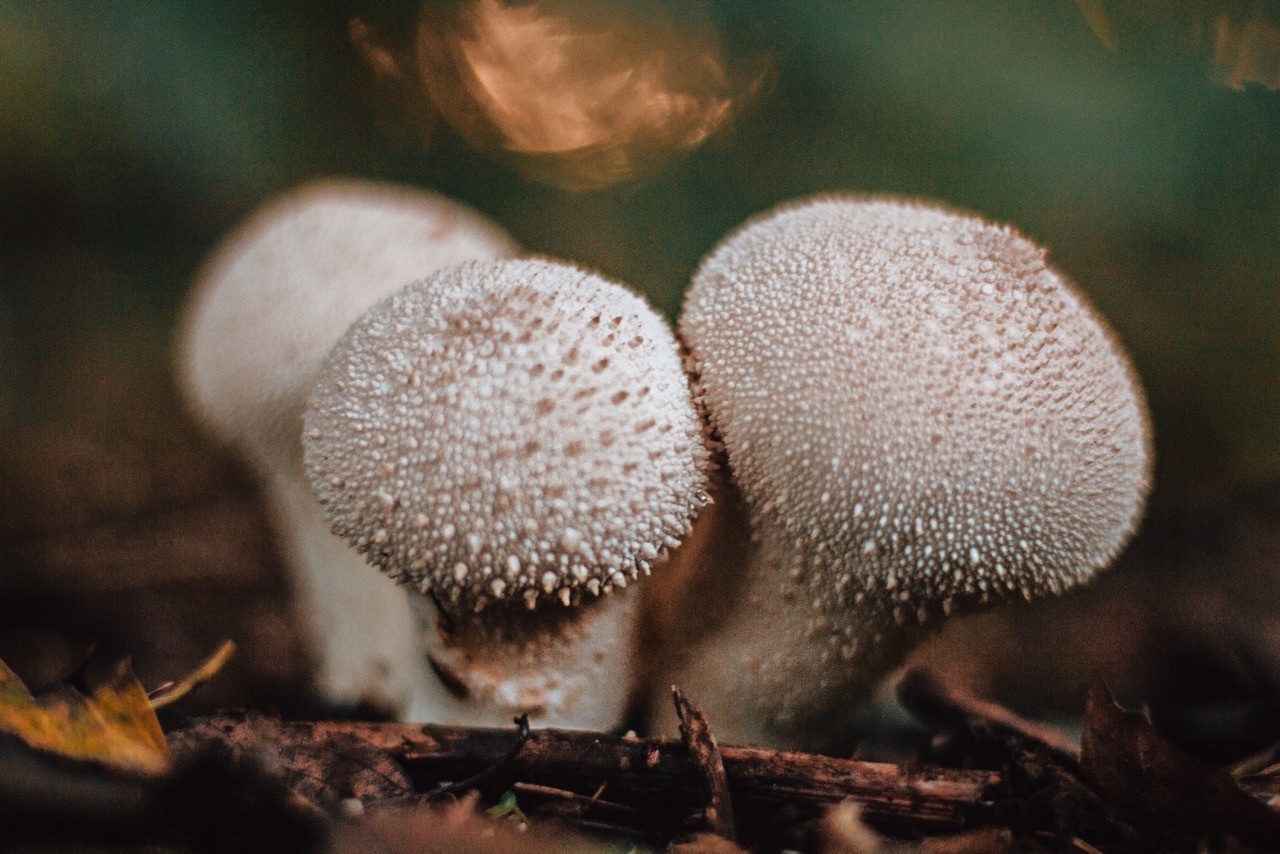
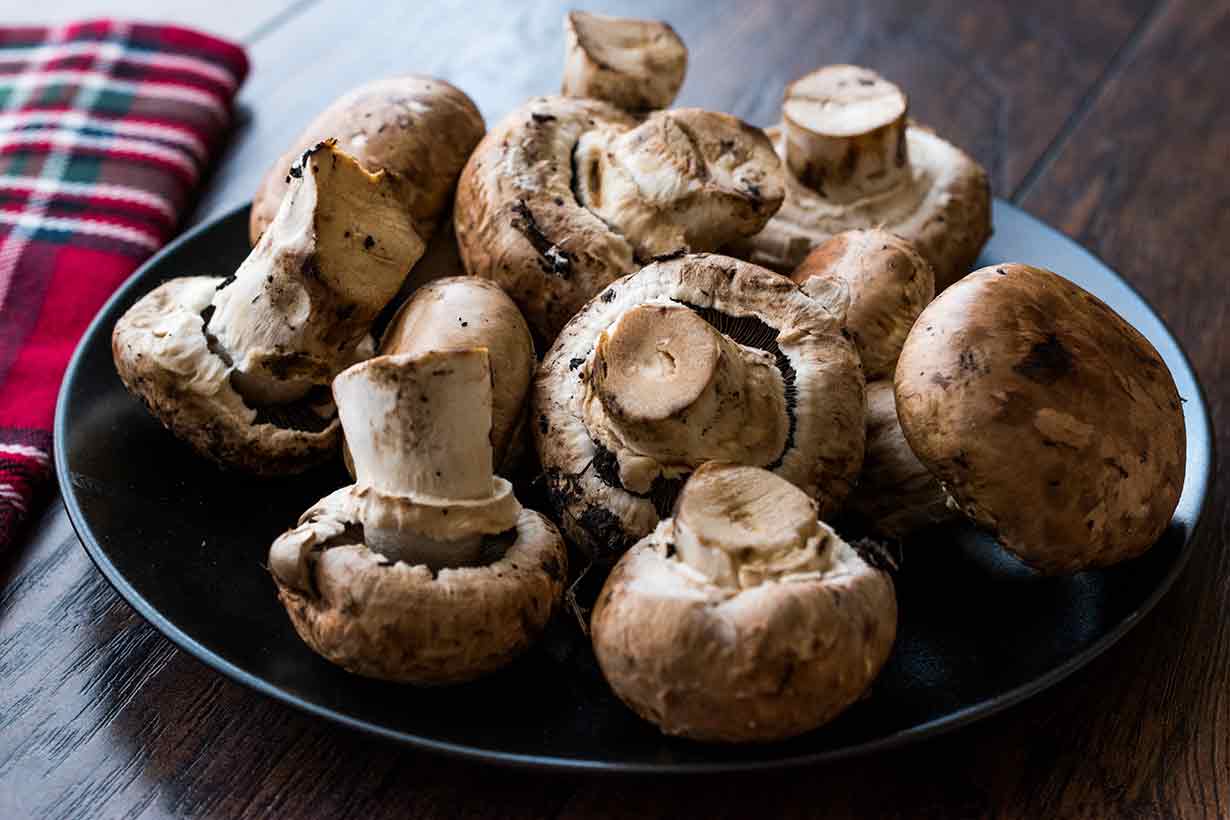
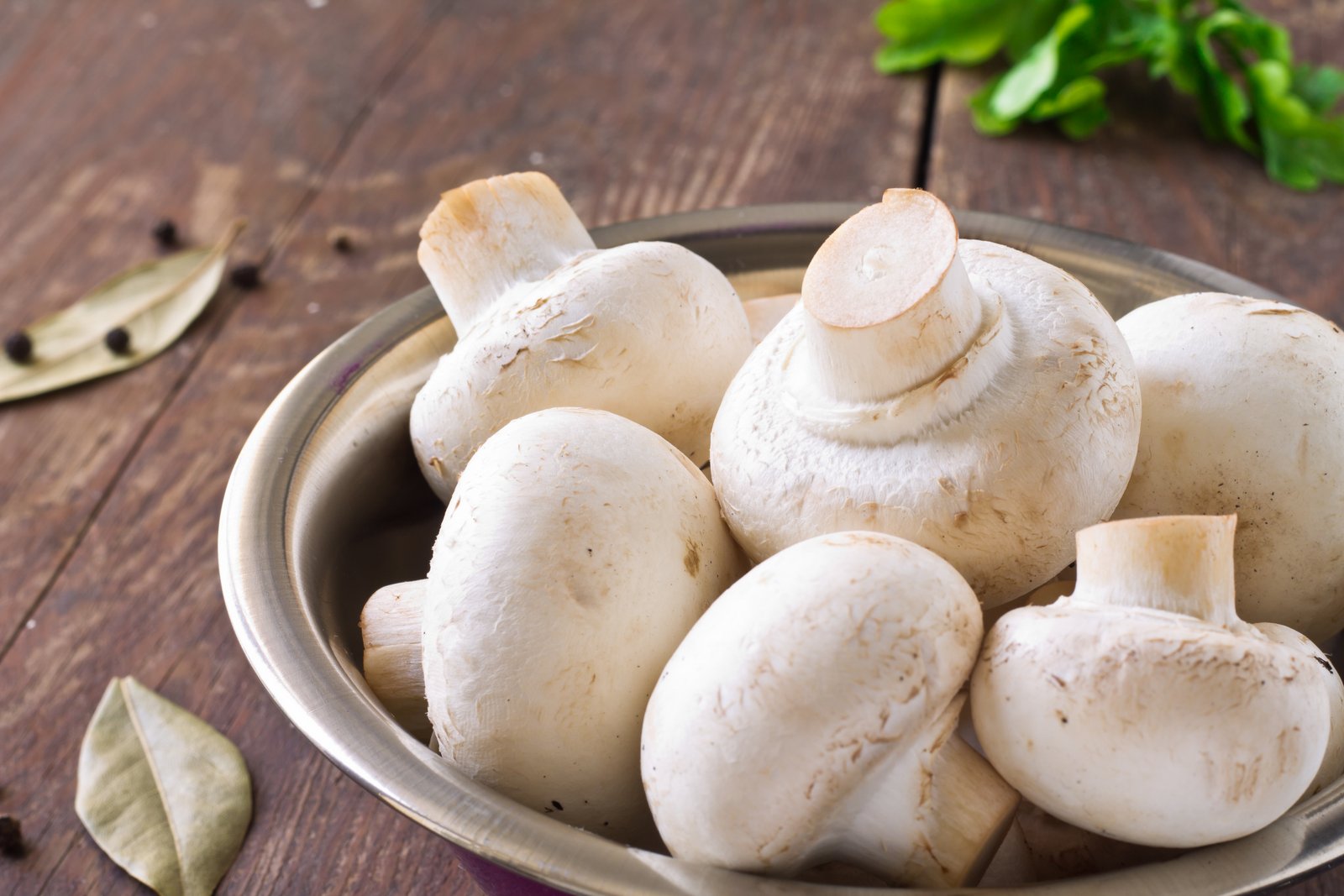

0 thoughts on “How To Store Mushrooms Without Paper Bag”